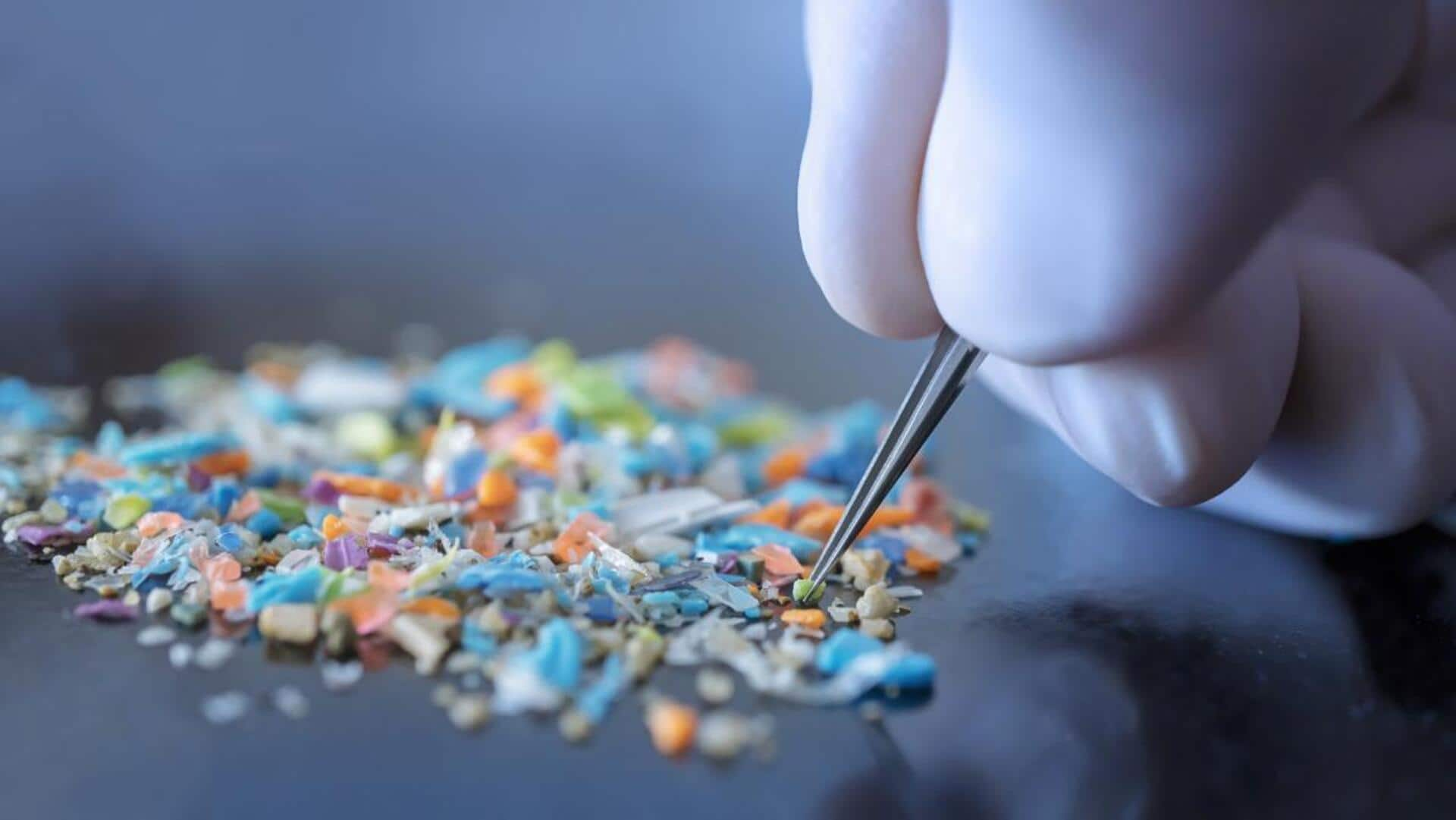
Microplastics detected in human brain tissue for the first time
What's the story
Microplastics, tiny fragments of plastic pollution, have been discovered in human brain tissue for the first time. An international team of scientists conducted a study on the olfactory bulbs—parts of the brain responsible for processing smell information from the nose—in 15 deceased individuals. The results revealed microplastics in eight out of these 15 samples.
Research breakthrough
Microplastics in brain tissue: A 1st in scientific research
This groundbreaking study marks the first time microplastics have been identified in actual brain tissue. Prior research had only detected these particles in brain blood clots. Another similar study is currently under peer review. The scientists involved in the study stated, "While microplastics have been detected in various human tissues, their presence in the human brain has not been documented."
Particle analysis
Characteristics and potential risks
The most commonly found shapes of microplastics in the brain were particles and fibers, with polypropylene being the predominant polymer. This plastic type is widely used in various products including packaging, car parts, and medical devices. The sizes of these particles ranged from 5.5 micrometers to 26.4 micrometers, no larger than a quarter of the width of an average human hair strand.
Health concerns
Possible entry route and health implications
The study suggests that microplastics may reach the brain via the olfactory pathway, similar to air pollution particles. The researchers stated, "The identification of microplastics in the nose and now in the olfactory bulb, along with vulnerable anatomical pathways, reinforces that the olfactory pathway is an important entry site for exogenous particles to the brain." The potential health risks associated with these findings are not yet fully understood.
Disease link
Microplastics and neurodegenerative diseases: An emerging concern
The presence of synthetic material in the brain could potentially lead to neuron damage and an increased risk of neuronal disorders. The researchers also highlighted a possible link between air pollution, nasal abnormalities, and cognitive issues. They noted that "Some neurodegenerative diseases, such as Parkinson's disease, seem to have a connection with nasal abnormalities as initial symptoms." This suggests that the infiltration of microplastics into our nasal passages could exacerbate these health problems.